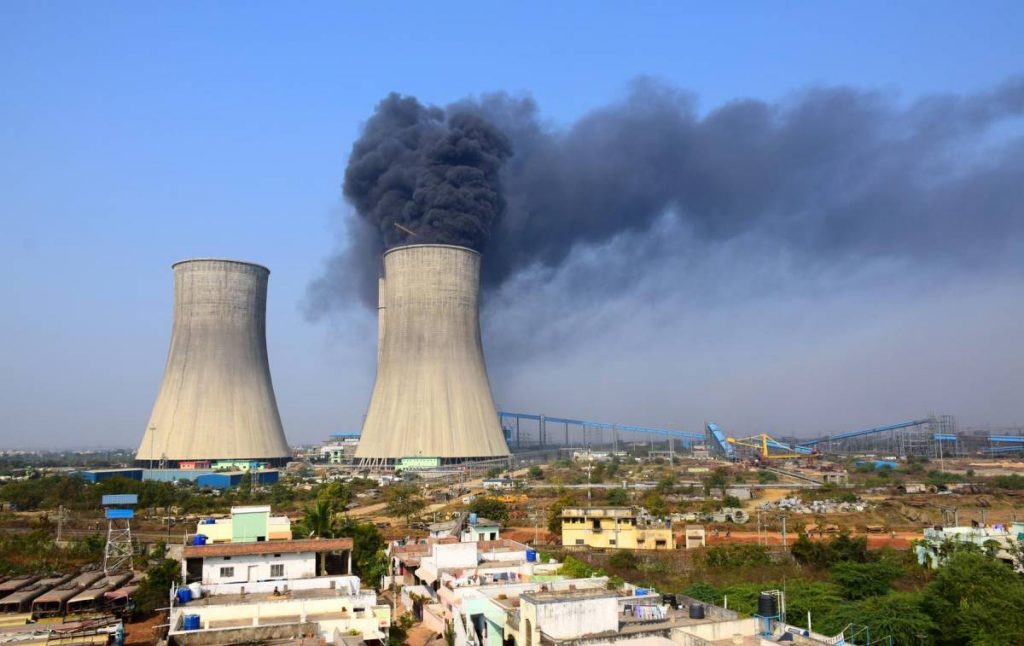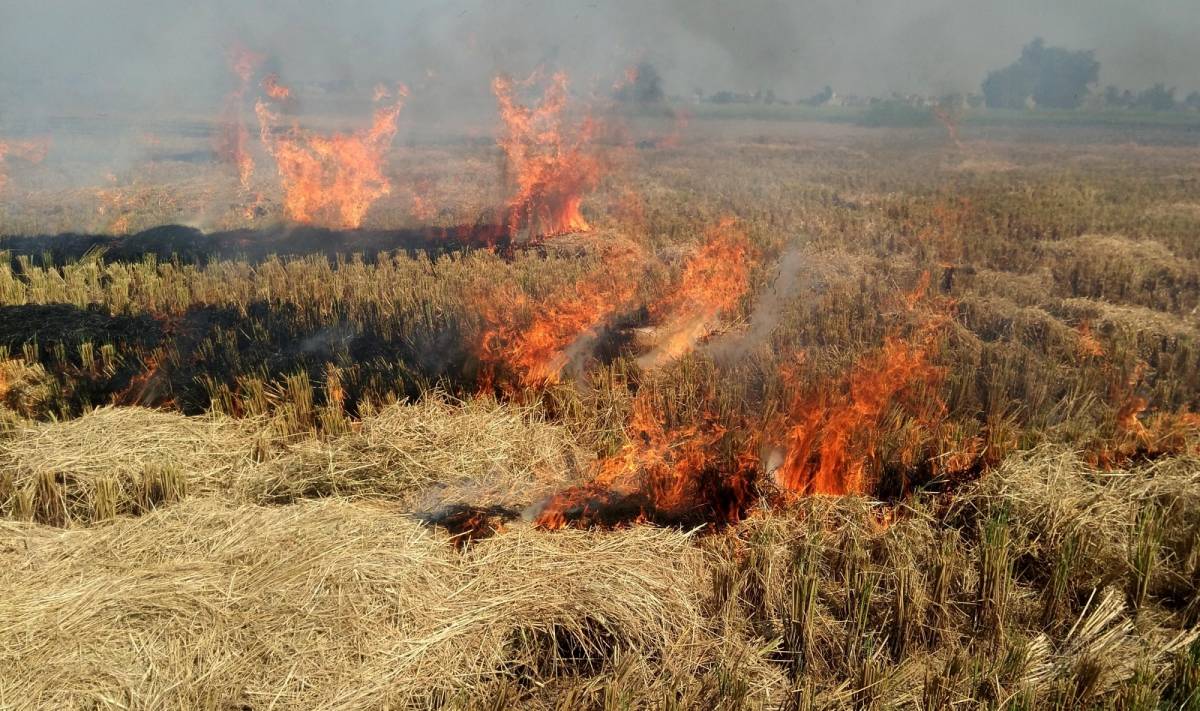The inventory, which spans the years 2015-2020, reveals striking insights about recent emissions trends across 10 sectors and 38 sub-sectors of the global economy…reports Asian Lite News.
A latest data analysis has shown that compared to the previous three years, there has been an increase in emissions due to crop fires in 2019-2020 by 12.8 per cent, taking India’s global contribution to 12.2 per cent.
The new insights into recent trends in biomass fires, including emissions from forest and crop residue fires in India, showed a downward trend in crop fires being observed between 2016-19 citing a reduction in greenhouse gas (GHG) emissions due to cropland fires by 11.39 per cent during the three years.
However, the data and analysis for GHG emissions available online, show that even when India tops the chart when it comes to crop fires, this particular emission quantum comes at 47th position when total emission categories from agriculture sector are considered. That inventory is dominated by enteric fermentation, managed soil, and rice cultivation.
The crop fire data becomes relevant, particularly for northwest India, during the months of October-November when farmers from Punjab and Haryana and from several districts of Uttar Pradesh resort to stubble burning ahead of the wheat sowing.
Blue Sky Analytics, that released this new data on emissions from biomass fires as part of the world’s first comprehensive accounting of global greenhouse gas emissions, said their analysis is based primarily on direct, independent observation with the Climate TRACE coalition.
Driven by satellites, remote sensing, and machine learning, the inventory is particularly relevant to the more than 100 countries that lack access to comprehensive emissions data from the past five years. The inventory, which spans the years 2015-2020, reveals striking insights about recent emissions trends across 10 sectors and 38 sub-sectors of the global economy.
Climate TRACE, led by former US Vice President Al Gore, is a global coalition with a mission to accelerate climate action by providing independent high resolution and near real-time GHG emissions data. “Climate TRACE’s innovative approach fills critical knowledge gaps for all countries that rely on the patchwork system of self-reporting that currently serves as the basis for most existing emissions inventories,” a release said here.

The Climate TRACE coalition harnessed AI and machine learning to analyze over 59 trillion bytes of data from more than 300 satellites, more than 11,100 sensors, and numerous additional sources of emissions information from all over the world. “This unprecedented effort provides a significant step forward in emissions monitoring, transforming a system that previously relied on rough estimates, opaque methods, and inaccessible reporting,” the release said.
Blue Sky Analytics said it analyses satellite data to deliver high resolution insights on environmental indicators.
“For effective climate action it is essential to have an independent, system level view of emissions. This is especially critical for sources like fires, which are rapidly increasing in frequency and scale but whose emissions are still poorly tracked and accounted for in most multi-sector inventories. We are proud to contribute to a collaborative effort like Climate TRACE that endeavours to bring this kind of visibility to all major global emissions sources,” Founder and CEO, Blue Sky Analytics, Abhilasha Purwar said.
ALSO READ-Crops over 1.56 lakh acres damaged in Andhra due to cyclone
READ MORE-To protect crops from wild animals, Uttarakhand villagers are ‘seed bombing’ forests

